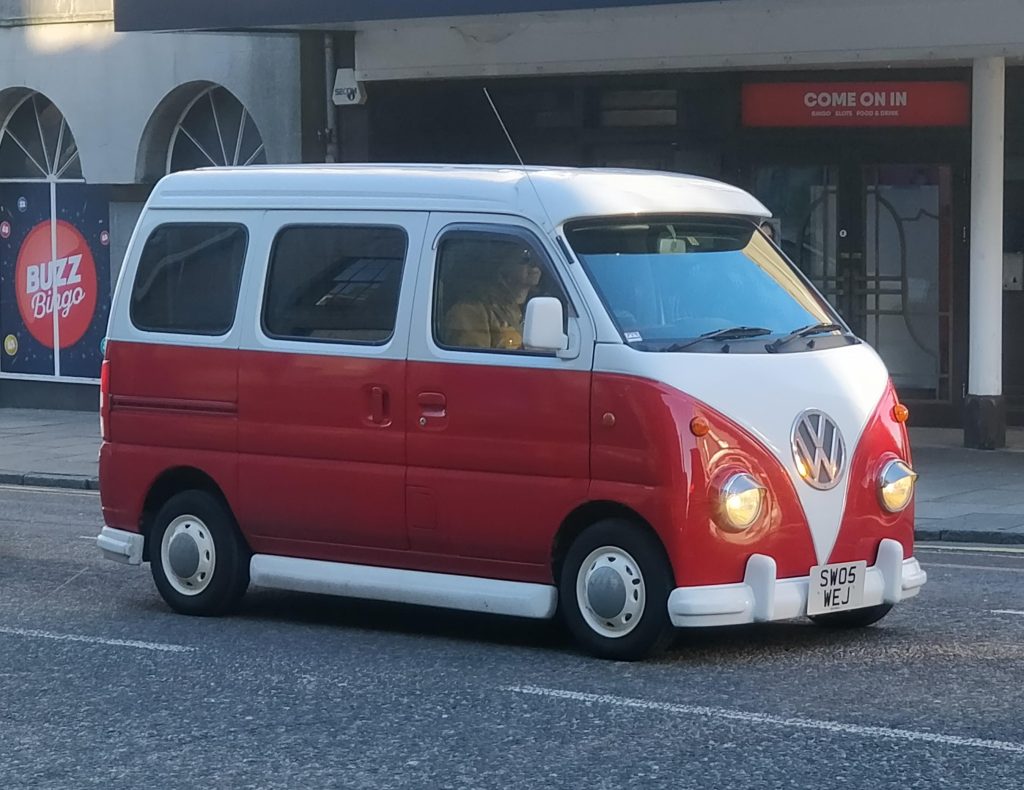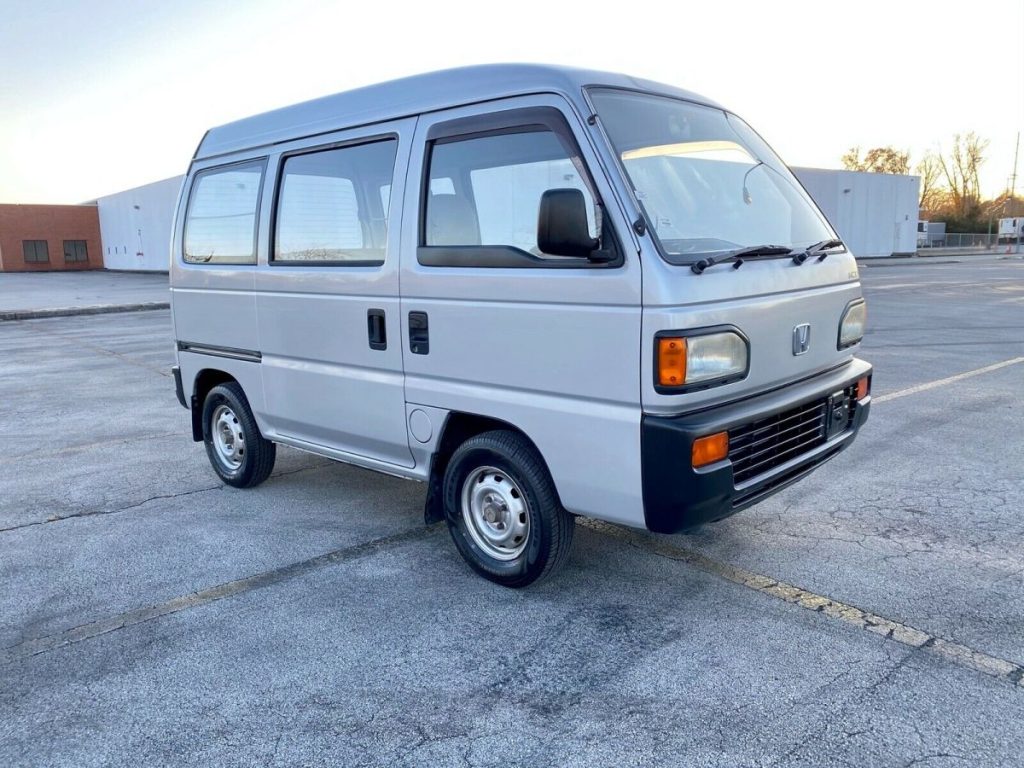Are Kei Vans worth purchasing? When thinking on what type of van you wish to purchase, you may consider the Kei Van. Most of the Kei Truck models do have a counterpart van option. As such the popularity of the Kei van has grown. Such models as the Daihatsu Atrai, Honda Acty Van, Subaru Sambar Van, and Mazda Scrum rank in the top models. But does the availability and the popularity among Kei brands make them a good choice? If you have ever wondered whether a Kei Van or a full-size van is right for you, read on.

The ease of access
One of the first things you will notice on a Kei Van is its access points. Because the vans are usually crafted from Kei Trucks, you have the standard two-door front entry. This is the same if you were to purchase a full-size van. And like a full-size van you have the double side door entry points. However, unlike most vans, the rear hatch works as a fifth access point to seating. The rear hatch can also sever as the main entry point to the vehicle if you should choose to convert the van to a camper.
Apart from access to the vehicle, access to the internal components is easier than that of a full-size van. On most full-size vans, the alternator is located behind the engine. This means that you must remove some of the hoses and engine components to get to it. As the alternator is one of the more common components to go out on a vehicle, this is a huge disadvantage. But, on the Kei van, the components are in easy access to allow for quick replacement, maintenance, or repair. Most engines are either at the rear of the van or located under the front seats. Newer models may have a front-placed engine. Even if this is the case, the components are far easier to access than their full-size competitors.
Multi Passenger without the bulk
The full-sized vehicle tends to be a bit large. This is especially true for vehicles that need to have more than 4 passengers. Understandably, the more passengers that you need, the larger the van will become. However, if you only need 4 to 6 passengers, the Kei Van provides you with a smaller option without the bulk. The average Kei Van gets 4 passengers seated easily. The average dimensions of a Kei Van are 330cm long by 140 cm wide. This small size makes it possible to navigate alleyways. When used for camping purposes the Kei Van navigates trails far easier than full-sized vans.
The efficiency of the Kei Van
When comparing the efficiency of a Kei Van to a full-sized van, the Kei is more efficient. Most vans have an engine life of 100k miles before they need to be replaced. In today’s world, that is not a lot of miles. Kei vans have double that lifespan, with most of the brands lasting into the 200k range before needing repairs or replacement. When such needs to be repaired, the cost of replacement is far less than a full-sized van. Where on a full-sized van the cost to replace an engine would be tens of thousands of dollars, on a Kei the price is only a few hundred to a thousand dollars in most cases.
The efficiency of the overall vehicles can be seen in the MPGs. Fuel consumption is a major issue in our economy. Legislation is being passed to ensure that vehicles are more fuel conscientious. As such, a focus on the mileage per gallon (MPG) is critical. On average, the full-size van gets 25 mpg. Comparatively, a Kei Van gets an average of 45 mpg. Clearly, the Kei van shows itself to be more eco-friendly. Also, most of the Kei Vans run on regular gas, not high-end premium or diesel fuel. And while this only plays a small part to efficiency, it plays a huge part in the amount of money you will spend at the pump.

Features are not limited on Kei Vans
You may think that the small size of a Kei Van would mean that there are limited features. This is not true. On many of the newer models, there are safety features that rival that of the modern van. Such features include collision detectors, backup notifications, heated seats, and Bluetooth connectivity. High cabin features allow for passengers to sit comfortably in both the front as well as the rear bar or captains’ chairs.
In terms of the build of the vehicle, features are not limited either. Most of the vans on the market have 660cc displacement systems. Transmissions average 4 speed on automatics and 5 speed on manual. Older models may have a 3-speed transmission, as the restrictions and the guidelines have evolved over the years to allow for stronger and faster vehicles. Because of the changes, modern Kei Vans can reach speeds of up to 59mph, making them fit for most off-road conditions.
Price point considerations
Perhaps the biggest difference between the full-sized van and the Kei, apart from the size differences, is the price point. Prices on a full-sized van typically start at the low 30,000 and go up from there. Some vans can reach well into the $50,000 range when equipped with available packages. Kei Vans tend to have a lower price point. On average, the price point is well under $10k.
Kei vans – Are they worth it?
If you are looking for a small van that is fuel-efficient, has a low price point, and has similar features to a full-sized van, then a Kei may be the right vehicle for you. Kei vehicles provide a fuel-efficient, economical solution to the full-sized vehicle. And, as many vehicles and styles are available, you can find something which meets your functional and aesthetic needs. Should you wish to use your van for on-road use, look for a van that is 25 years old or older to meet the classic vehicle exclusion.
